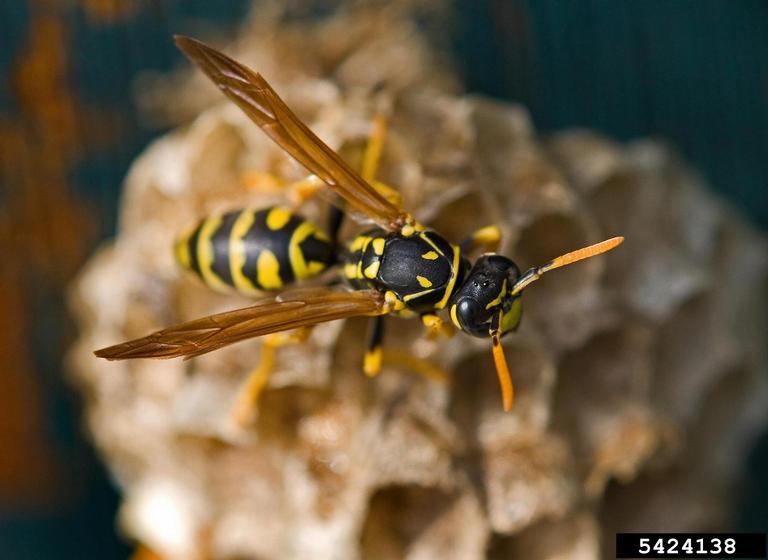It's apple harvest time in north Georgia.
In Gilmer County, the heart of Georgia's apple area, growers got help from local students to make this a good, profitable harvest.
"We were looking for insects that damage apples," said Ronnie Gheesling, director of the University of Georgia Extension Service's Gilmer County office.
"We had a flair-up of crop-damaging moths in the past few years," he said. "We wanted to teach growers how to use traps as indicators and not just spray by guessing."
The major pests were coddling moths, oriental fruit moths, tufted apple bud moths, variegated leaf-roller moths and red-banded leaf-roller moths. The chemicals alone to control these orchard pests can cost a grower up to $20,000 a year.
"We're checking timing to see how the insects go through their life cycles in the orchard," Gheesling said. "But it changes from year to year."
To help with the project, Gheesling and Dan Horton, an extension entomologist, recruited local students and high school biology teacher Lou Ann Teague.
The students monitor the moths with sticky baited traps treated with a pheromone (a mating-scent chemical) that attracts the moths. Each week the students check the traps. Finding more than 10 moths per trap indicates a problem in the orchard.
When moth numbers peak, the grower has 10 to 14 days to spray and kill the larvae.
"As part of the science project, the students began this study of moths in a local orchard," Gheesling said. "They took care of that orchard. They set traps and read them each week. Then they passed on the information to us."
The growers have loosely monitored their orchards for years. But the students' project gives them a system with consistency.
"The group's work was really exceptional," he said. "It made science real and meaningful for the students while helping growers improve their insect management."
The readings helped give the apple growers a measurable idea of when it's best to spray for the moths, rather than have them depend on educated guesses. That information helps save time and money.
"I think this project may lead some of these students to
do some orchard scouting down the road," Gheesling said.
The Georgia apple harvest lasts from mid-August to early November.
"This is a real good year for Georgia apples," Gheesling said. "But we're light on golden delicious."
Georgia apples are sold mainly as fresh fruit. The state's crop averages 22 million pounds each year, with a value of more than $3 million.






